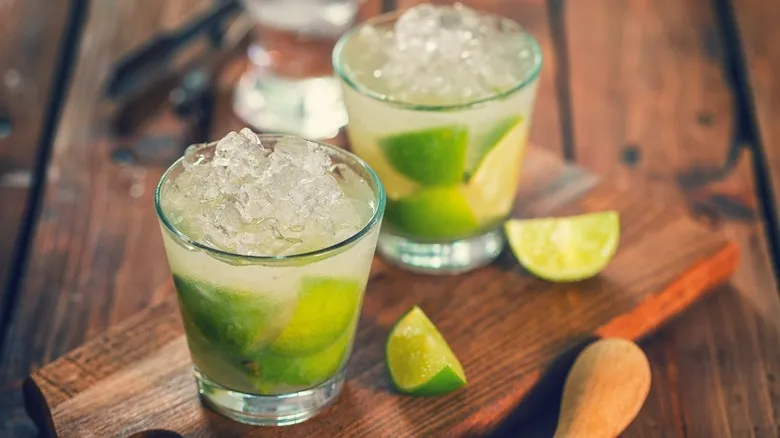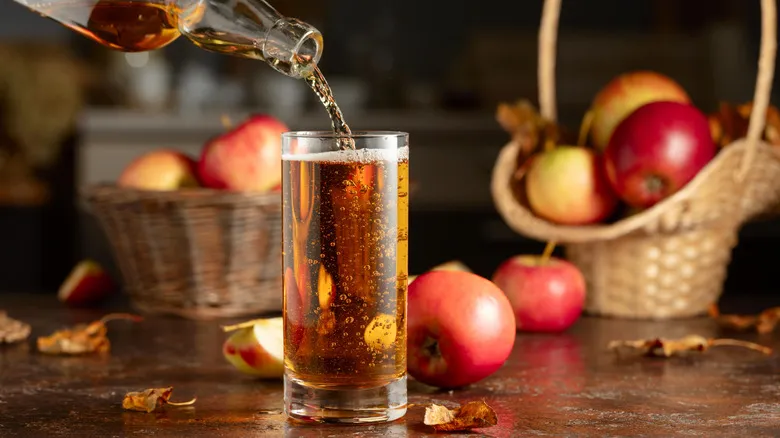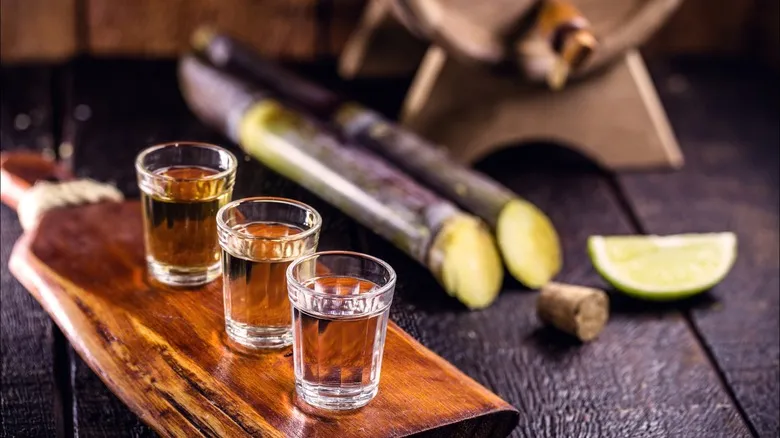Cachaça is a predecessor of rum

During the European colonization of the Americas, sugar became an extremely valuable commodity for Spanish and Portuguese sailors. Sugar plantations emerged throughout what is now Brazil, with the first established in 1504 and the earliest recorded sugarcane mill following in 1516. It wasn't long before these sugar-processing facilities began producing a primitive version of what we now know as cachaça. This spirit is created by distilling fresh sugarcane juice, and the process is quite straightforward—modern cachaça makers still utilize the same traditional techniques due to their simplicity and rustic charm. Over the years, cachaça has become deeply embedded in Brazilian culture, to the extent that it can only be produced in the country of its origin.
In terms of flavor, the use of uncooked cane juice in cachaça significantly sets it apart from other sugar-based spirits. This unrefined base gives cachaça a distinctly sweeter profile compared to rum. It can be bottled immediately after distillation or aged in wooden barrels for a minimum of one year. Interestingly, while many spirits have specific regulations regarding the types of wood used for aging, cachaça can be aged in a variety of woods, including several that are indigenous to Brazil. Although it is most commonly enjoyed in a caipirinha, this cocktail merely hints at the many ways to savor cachaça.
Rum is made from a litany of sugar products

Determining the exact composition of rum can be challenging due to the significant variability in its ingredients. While some rums, like rhum agricole, are produced from sugarcane juice similar to cachaça, the majority are made from sugar byproducts such as molasses or cane syrup. Additionally, the distillation process varies, with different distillers employing various types of stills. These factors contribute to a wide range of rums, and this diversity is further enhanced by the aging process that many rums undergo. Consequently, rums can vary greatly in appearance and flavor, from clear to dark and from mildly sweet to rich and molasses-like.
This variability means that not all rums are of equal quality, and some may be better left on the shelf. However, a quality rum can enhance cocktails or be enjoyed neat, depending on your preference. It's also common to blend different rums in cocktails to take advantage of their diverse flavors. Therefore, a smart approach might be to select a variety of bottles of both cachaça and rum to explore the delightful differences for yourself.
Recommended

Give Citrus Cocktails A More Complex Flavor With A Popular Ale

What Gives Tingala Liquor That Tingling Sensation?

How To Transform Your Aperol Spritz Into A Fall-Worthy Drink With One Ingredient

The Difference Between Making Cold And Hot Process Cocktail Shrubs
Next up

